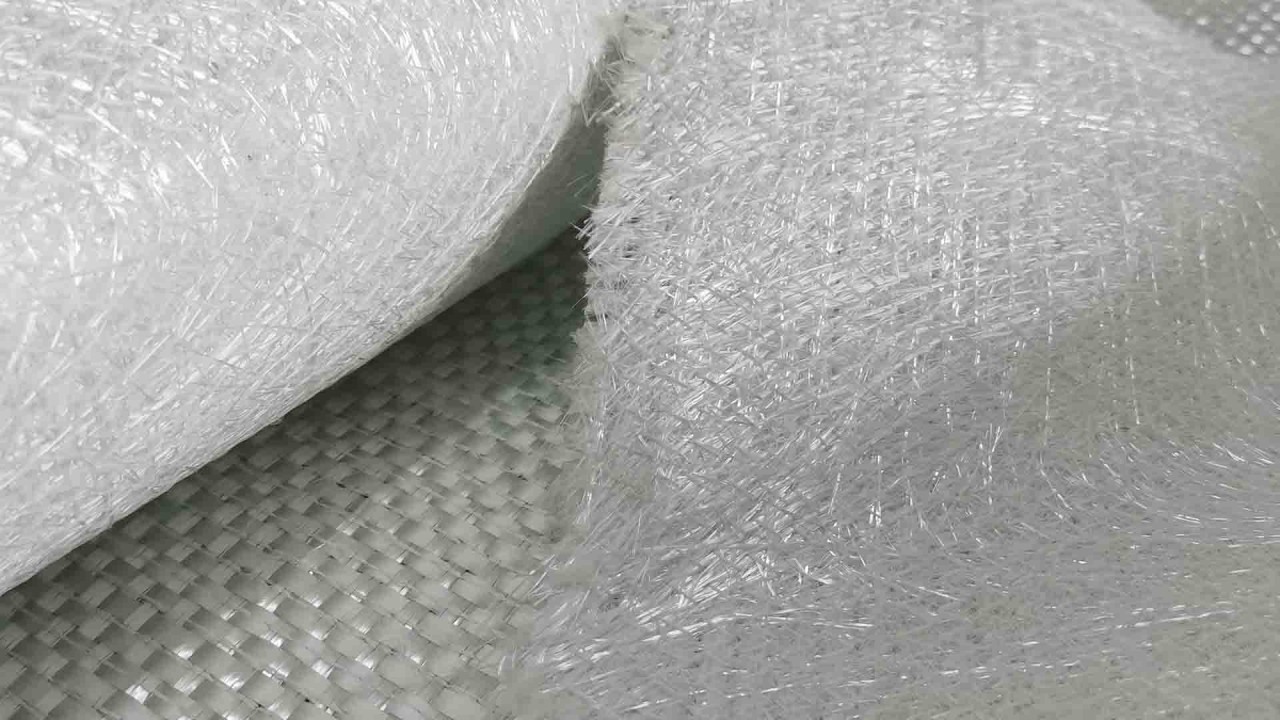Email: info@hdfiberglass.com Whatsapp: +86 15200033566
Views: 0 Author: Site Editor Publish Time: 2024-05-17 Origin: Site








Ever puzzled over which fiberglass mat to choose for your complex composites project? What sets apart a fiberglass woven roving combo mat from a multiaxial cloth combo mat?
Understanding these products' unique construction and characteristics is crucial for selecting the right material for specific engineering applications. Let's delve into the distinctions.
Keeping these differences in focus is essential for making informed decisions.
The fiberglass woven roving combo mat is crafted by intertwining heavy strands of fiberglass into a simple, plain weave pattern. This construction leads to a mat that is robust and consistent, featuring excellent weight to strength ratios. This type of mat is primarily used in applications where reinforcement is needed mainly in two perpendicular directions, aligning with the orientation of the fibers.
Multiaxial cloth combo mat, on the other hand, features a complex structure where layers of fibers are arranged in multiple directions and are not interwoven but held together with a binder. The fibers in a multiaxial mat can be oriented at various angles—commonly 0, 90, ±45 degrees—relative to each other. This layered configuration allows the mat to bear loads and resist stresses from multiple directions simultaneously, making it superior for applications that demand multidirectional strength, such as in the construction of large composite structures where directional strength variability is crucial.

The fiberglass woven roving combo mat is excellent for boat building, automotive parts, and other applications requiring high tensile strength along specific stress lines. It bonds well with polyester and vinyl ester resins, which helps in achieving robust, durable composites.
In contrast, multiaxial cloth combo mats excel in industries where multidirectional strength and stiffness are crucial, such as wind turbine blades, aerospace components, and automotive body parts. Their multiaxial fiber orientation allows them to handle stress from various directions, making them exceptionally versatile.
Choosing between these two types of mats depends on your project's specific structural needs.
Understanding the unique properties and applications of each can significantly impact the performance and durability of your final product. Whether it's the unidirectional strength of woven roving mats or the versatile, multidirectional support of multiaxial mats, selecting the right type can be a game-changer for your composite projects.
Corporate Visual Identity of Hebei HaiDing Fiberglass Manufacturing Co., Ltd.
What does the price increase of fiberglass products (chopped strand mat) mean?
Fiberglass Materials for Electrical Insulation and Electronics Applications
Invitation | Hebei HaiDing Fiberglass Manufacturing Co., Ltd. 2024-2025 Trade Show Forecast
5 Essential Aspects of Electronic Grade Fiberglass Cloth You Should Know